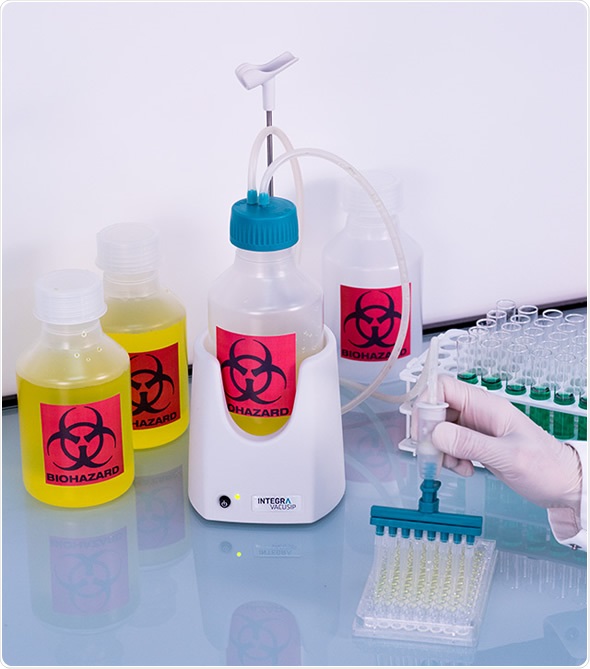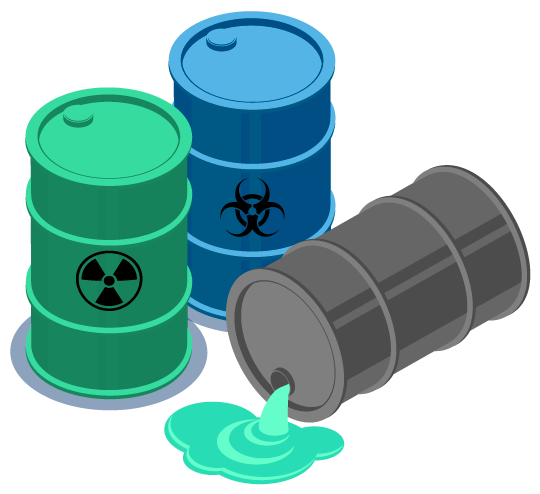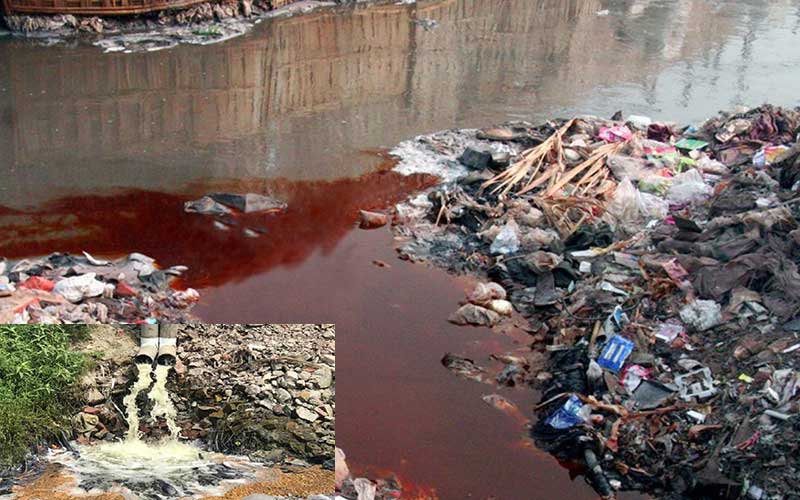Exactly How Liquid Waste Disposal Works: A Thorough Review of Methods and Technologies Utilized

Introduction of Fluid Waste Kind
The intricacy of fluid waste kinds demands a thorough understanding of their features and effects for disposal. Liquid waste can generally be classified right into a number of types, including industrial, municipal, farming, and contaminated materials. Each group shows unique buildings, calling for certain administration techniques to reduce environmental and health risks.
Industrial fluid waste originates from producing processes and usually has an array of pollutants, such as heavy steels, solvents, and organic compounds. Metropolitan liquid waste, primarily consisting of wastewater from families and commercial facilities, consists of raw material, nutrients, and microorganisms (industrial wastewater treatment). Agricultural liquid waste, consisting of overflow from farms, might include plant foods, pesticides, and pet waste, presenting dangers to water quality and communities
Dangerous fluid waste is identified by its poisoning, reactivity, or prospective to create harm. Comprehending these varied fluid waste kinds is important for creating reliable disposal methods and guaranteeing conformity with ecological laws.
Physical Treatment Methods

Screening is the first action, where bigger bits and debris are eliminated from the liquid waste using displays or grates. This procedure safeguards downstream equipment from damage and ensures smoother procedure. Adhering to screening, sedimentation utilizes gravitational force to different solids from fluids. In sedimentation storage tanks, much heavier particles settle near the bottom, developing a sludge layer, while the cleared up liquid can be more dealt with.
Filtration is one more important approach that entails passing the liquid through porous products, such as sand or membranes, to catch smaller particles. This step improves the high quality of the fluid, making it ideal for subsequent therapy processes.

Chemical Treatment Strategies
Chemical treatment methods are important for properly handling fluid waste, especially in resolving dissolved and colloidal impurities that physical methods might not adequately eliminate. These methods utilize different chemical representatives to neutralize, speed up, or change dangerous materials right into less dangerous forms.
One common technique is coagulation and flocculation, where chemicals such as alum or ferric chloride are contributed to promote the aggregation of put on hold fragments. This process improves sedimentation, enabling easier elimination of the resulting sludge. Furthermore, oxidation processes, using representatives like chlorine or ozone, are employed to break down complicated natural substances and pathogens, rendering the waste much safer for discharge or additional therapy.
Neutralization is an additional crucial method, which changes the pH of acidic or alkaline waste streams to neutral degrees, preventing potential harm to downstream systems and the atmosphere. Moreover, progressed oxidation procedures (AOPs) use mixes of oxidants and ultraviolet light to weaken relentless toxins, attaining a greater degree of therapy performance.
Organic Therapy Procedures
Organic therapy procedures play an essential role in the management of liquid waste by utilizing microorganisms to decompose raw material and lower impurity degrees. These processes can be extensively categorized into anaerobic and cardio therapies, each utilizing certain microbial neighborhoods to achieve effective waste destruction.
Cardio therapy includes making use of oxygen to facilitate the failure of natural materials by bacteria. This procedure is frequently carried out in triggered sludge systems, where aeration containers supply a favorable environment for microbial development, causing the oxidation of organic toxins. The resultant biomass can be divided from treated effluent through sedimentation.
In comparison, anaerobic treatment occurs in the lack of oxygen, depending on different microorganisms to break down natural matter. This method is specifically beneficial for high-strength waste, as it generates biogas, an eco-friendly energy resource, while decreasing sludge manufacturing. Technologies such as anaerobic digesters are often employed in local and industrial applications.
Both anaerobic and cardio biological therapies not only lessen the environmental effect of fluid waste however additionally help with source recovery, making them crucial components of lasting waste management methods. Their effectiveness, flexibility, and effectiveness support their prevalent execution across different markets.
Arising Technologies in Disposal
Ingenious approaches to liquid garbage disposal are swiftly developing, driven by improvements in modern technology and an increasing emphasis on sustainability. Among these arising modern technologies, membrane layer bioreactors (MBRs) have actually gained traction for their ability to integrate biological therapy with membrane layer purification, causing high-quality effluent that can be reused in various applications. MBRs allow smaller footprints and much more effective operations compared to conventional systems.
One more appealing advancement is making use of anaerobic digestion integrated with nutrient healing innovations, which not only treats fluid waste yet additionally creates biogas and recoups useful nutrients like nitrogen and phosphorus. This browse around this site twin benefit improves resource efficiency and reduces ecological influence.
Furthermore, advanced oxidation processes (AOPs) are being adopted for the degradation of intricate natural contaminants. These methods utilize effective oxidants and drivers to break down contaminants at the molecular level, supplying a very efficient service for challenging waste streams.
In addition, the combination of expert system and equipment discovering in waste administration systems is optimizing functional effectiveness and predictive upkeep, resulting in reduced prices and enhanced ecological conformity. These technologies discover this mirror a considerable change towards more lasting and effective fluid waste disposal techniques.
Conclusion
In verdict, efficient fluid waste disposal necessitates a detailed understanding of various strategies and modern technologies. The assimilation of physical, chemical, and biological treatment methods guarantees the efficient management of diverse waste types. In addition, the development of cutting-edge technologies improves therapy effectiveness and advertises sustainability in waste management methods. By continually advancing these methods, it comes to be possible to attend to the expanding challenges related to fluid waste, ultimately adding to ecological defense and resource recovery.
Liquid waste disposal is an important facet of ecological monitoring, requiring a comprehensive understanding of various techniques and innovations tailored to different waste types. Liquid waste can generally be categorized into several important link types, including industrial, municipal, agricultural, and hazardous waste. Agricultural fluid waste, consisting of drainage from ranches, might consist of fertilizers, pesticides, and animal waste, posing risks to water quality and ecosystems.
Various physical therapy approaches play an essential duty in taking care of liquid waste efficiently - industrial wastewater treatment.In conclusion, effective fluid waste disposal demands a detailed understanding of different methods and technologies